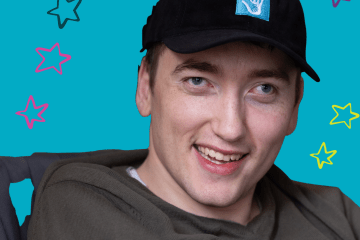Understanding Brain Injury in Cerebral Palsy
It is important to understand the brain injury for each individual person, because they can be really different. Where the injury is can give us important clues to what motor problems that individual will have. The time you have the biggest risk to having a stroke is as a baby, not as an adult so it is important to understand what may be happening in the infants brain.
The different types of injuries that may be present are;
-
Hemiplegic Cerebral Palsy- This is when you have a stroke or damage to one side of your brain, this then leads to problems sending clear messages to the other side of your body. It can be either on the right side or the left side.
-
Spastic Diplegia- This is a common pattern that we see when you were born prematurely or early. For these babies they are then at risk to have an injury in the area of their brain that runs right beside the fluid-filled spaces. If a baby has this type of cerebral palsy they will have difficulty moving their legs and have increased tone or stiffness in the muscles on both sides.
-
Spastic Quadriplegia- If you have an injury to both sides of your brain, then you have difficulty sending a clear message to both your arms and your legs, and we call that spastic quadriplegia. And sometimes this is associated with a more significant physical disability.
-
Dyskinetic Cerebral Palsy- When a baby is born and there's an acute decrease in oxygen or blood pressure, the baby sometimes injures a really important part of the brain called the basal ganglia. What this can lead to in terms of cerebral palsy is a type of cerebral palsy called dyskinetic cerebral palsy. One of the key features of this type of cerebral palsy is a real fluctuation or change in the amount of stiffness in the arms and the legs.
-
Ataxic Cerebral Palsy- Another really important part of the brain is called the cerebellum and it helps us balance. And sometimes individuals with cerebral palsy can have an injury that involves a cerebellum and leads to problems with balance. We call that ataxic cerebral palsy.
One of the biggest misconceptions with cerebral palsy is the people think that CP is all the same. It's really important to think about the complexities of the brain and the injury, and how each individual with cerebral palsy is affected differently.
"One of the biggest misconceptions with cerebral palsy is the people think that CP is all the same. It's really important to think about the complexities of the brain and the injury, and how each individual with cerebral palsy is affected differently."





